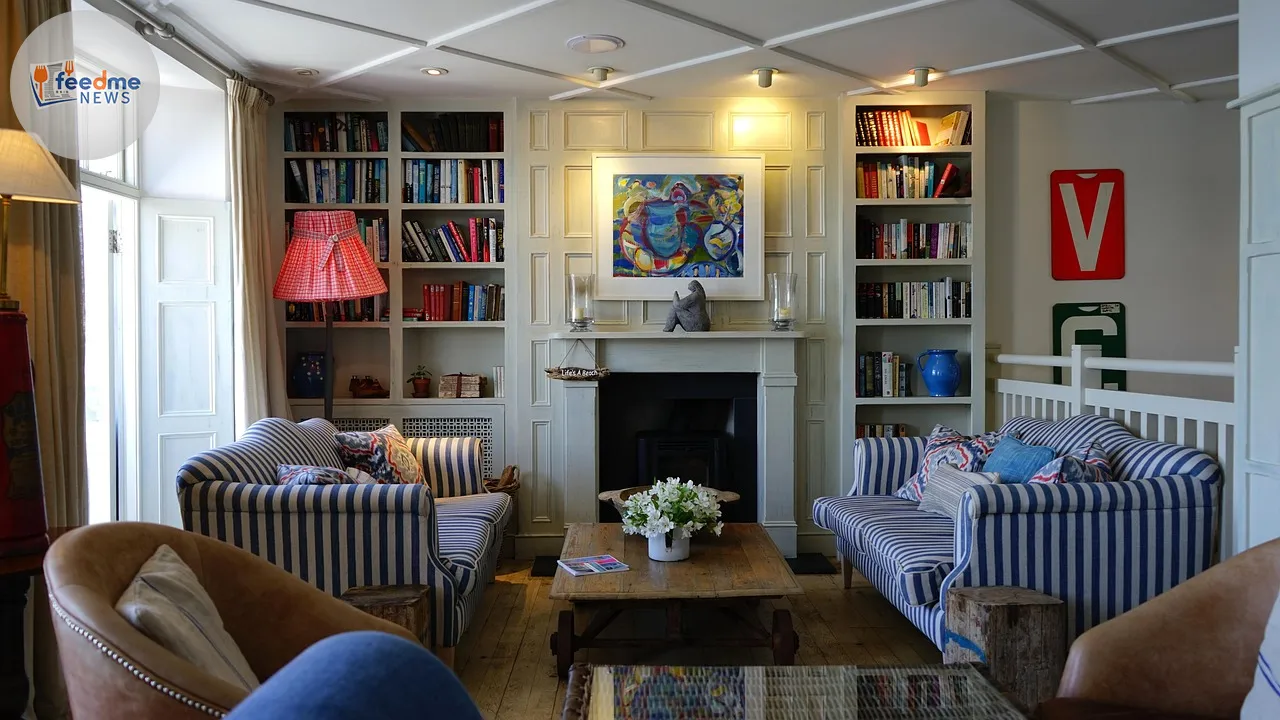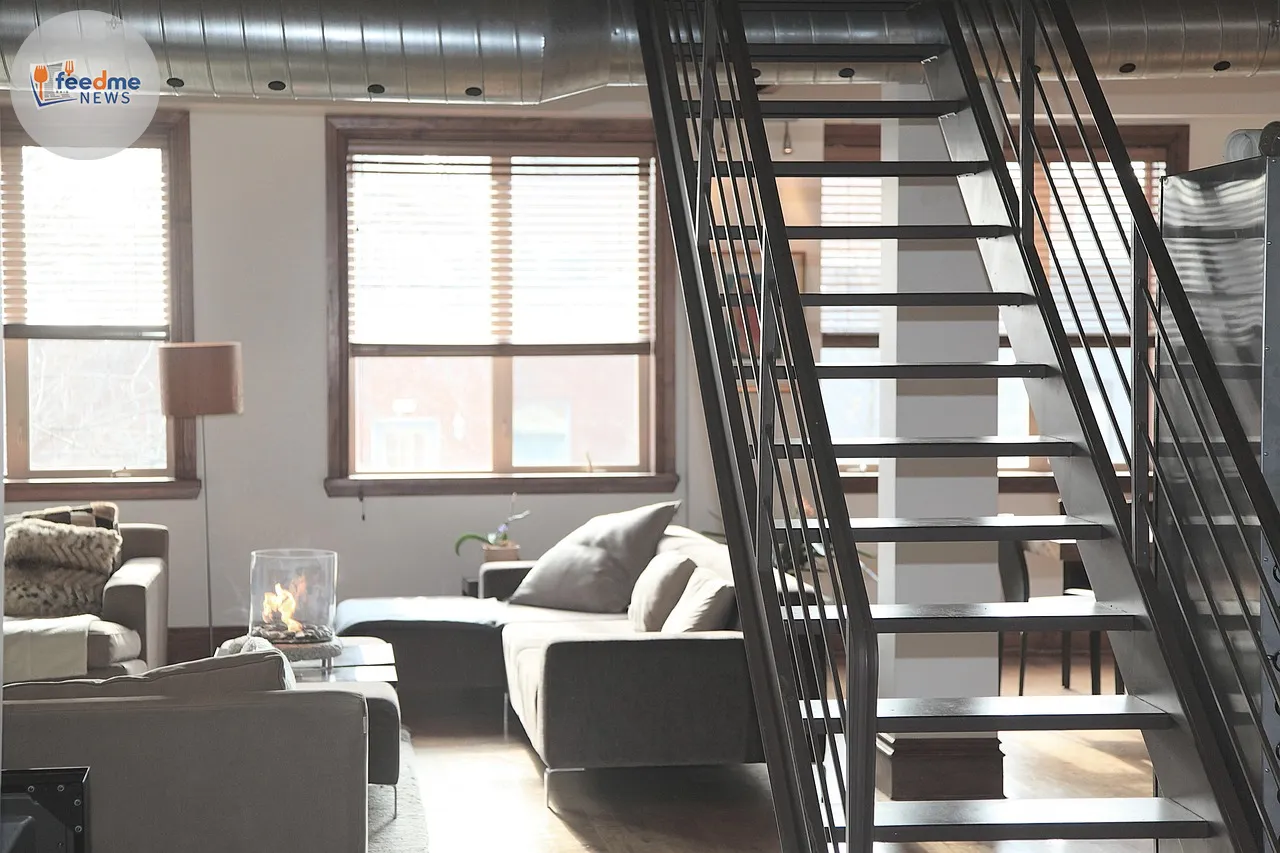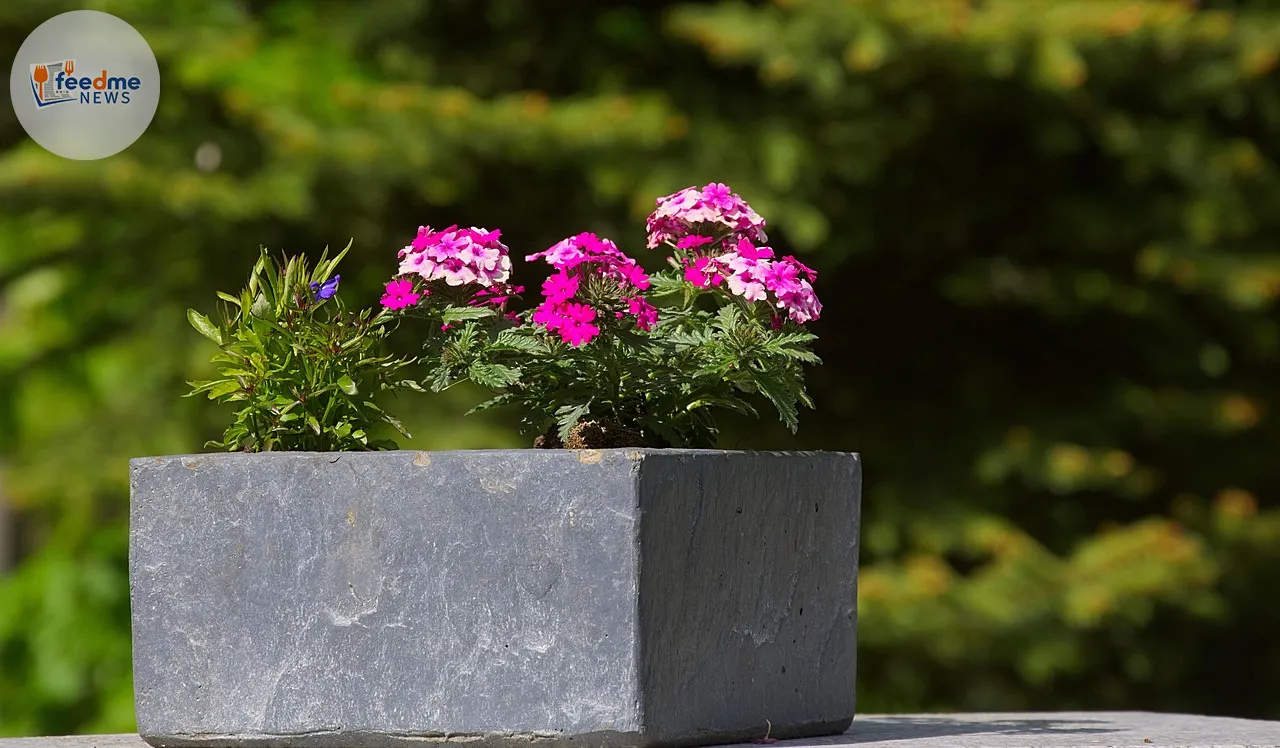A new Apartment Therapy feature showcases nine faux fireplace makeovers that turn plain walls into inviting focal points, underscoring a design trend that blends warmth, character, and renter-friendly ingenuity. Framed as “redos” that “warm up blank white walls (literally),” the collection highlights how simple, non-structural additions can shift the mood of a room without major cost or construction. The piece arrives as many people look for seasonal refreshes and practical ways to lift small spaces. While the feature centres on style, it also taps into a broader appetite for design ideas that feel personal, move with you, and respect the limits set by leases or tight budgets. In a market where even small upgrades can make a big difference to liveability, faux fireplaces continue to attract DIYers and homeowners who want the look and feel of a hearth without the mess or maintenance.
Context and timing
Apartment Therapy, the US-based home and design publication, released the guide on Thursday, 16 October 2025. The piece appears online and forms part of the site’s ongoing coverage of accessible decorating ideas and small-space solutions. The focus is visual inspiration and room-by-room adaptability rather than structural renovation.

What counts as a faux fireplace today
A faux fireplace, at its simplest, builds the look of a hearth without a chimney or flue. It can be as minimal as a mantel shelf styled with art and candles, or as involved as a full surround that frames an alcove. Some people add electric flame effects or portable heaters where safe and permitted. Others keep it ornamental, using logs, books, lanterns, or tile panels to suggest depth and purpose. The flexibility allows the idea to fit flats, terraces, and family homes alike.
This versatility explains the appeal. A fireplace reads as a focal point in many traditions of interior design. In rooms that lack an architectural anchor, even a mock-up can help organise furniture, balance the eye line, and make walls feel finished. Because the approach relies on surface treatments and freestanding elements, it also suits renters who must avoid permanent changes.
Why renters and owners turn to faux hearths
For renters, a faux fireplace offers style that can leave with them. Removable mantels, adhesive tiles designed to peel off cleanly, and paintable surrounds make it possible to test ideas without risking a deposit. For owners, the draw often lies in cost control and speed. A decorative surround and considered styling can be installed in a weekend, without the approvals and labour that come with opening walls or venting a real fire.
Seasonality plays a role as well. As days shorten, people tend to favour texture, layered lighting, and warmer tones. A faux hearth gives a natural stage for greenery, fairy lights, and framed prints. It can hold attention during holidays and still serve as a calm backdrop in spring, simply by swapping accessories and colours.
Design moves that often deliver impact
While every project differs, several common moves appear again and again in faux fireplace makeovers. Many start with a mantel—either an off-the-shelf ledge or a reclaimed beam—to create a line that draws the eye. Below, a painted or panelled surround adds depth. Inside the “firebox,” people often stack cut logs, arrange candles at differing heights, or fit a panel with a subtle pattern to mimic brick or tile.
Colour choices matter too. A high-contrast mantel and surround can frame artwork and mirrors, while tone-on-tone paint can blend the feature into the wall for a quiet, elegant look. Soft whites and greys keep rooms airy; deep greens and charcoals add drama. A mirror above the mantel can bounce light and make small rooms feel larger, helping the faux hearth act as both sculpture and light play.
Heat, safety, and responsible setup
Some faux fireplaces stay purely decorative. Others incorporate electric flame effects or portable heaters. Where heat is involved, safety comes first. Follow manufacturer guidance, keep clearances around vents, and place heaters on stable, level surfaces. Avoid draping fabric near heat sources and check cables for wear. In the UK, only qualified people should undertake electrical work beyond basic plug-in use. Periodic checks of smoke alarms and, where relevant, carbon monoxide alarms remain good practice in any home.
Landlords and building managers may set rules on fixtures and heating devices. Renters should confirm permissions before mounting heavy mantels or drilling into walls. Even decorative surrounds can carry weight, so suitable anchors and wall types matter. These checks protect both style outcomes and structural integrity.
Budget, materials, and what lasts
A faux fireplace can span many budgets. People often mix ready-made parts with DIY touches—think a simple shelf paired with painted MDF panels, or a reclaimed mantel refreshed with filler and a new finish. Adhesive tiles and mouldings can add detail without complex cuts. For longevity, select materials that handle everyday knocks, and finishes that clean easily. Satin and eggshell paints hide scuffs better than high gloss in busy rooms.
Sustainability enters the picture through reuse and efficient lighting. Salvaged mantels and second-hand surrounds reduce waste and add patina that new items may lack. LED candles and flame-effect units use less energy than older bulbs, while dimmers and warm-white lamps create glow without heat. When you choose items that move from home to home, the feature remains useful beyond one lease or layout.
Styling a focal point that fits the room
A convincing faux fireplace works with the room’s proportions. In compact lounges, a slim surround and narrow mantel keep circulation clear. In taller spaces, a larger chimney breast effect—created with paint or shallow boxing—can balance height. The items on the mantel should suit the scale: one large piece or a composed trio tends to read cleaner than many small objects.
Texture completes the effect. Baskets, knit throws, and natural wood soften straight lines. A mix of matte and gloss finishes catches light in different ways. Layered lighting—one lamp on the mantel, another on a side table—builds ambience that supports the hearth illusion. Swapping seasonal elements keeps the setup fresh without a full redesign.
Where this trend sits in the wider market
Faux fireplaces sit at the intersection of DIY culture and design media. Social platforms and home sites often showcase quick transformations that rely on styling rather than building. This aligns with an audience that wants change they can control, on timelines they set, with budgets they choose. The Apartment Therapy feature speaks to that desire by presenting nine distinct takes, signalling that the idea adapts to many tastes and floor plans.
Estate agents often note that buyers respond to rooms with clear focal points and a sense of warmth. While a faux fireplace does not alter the structure, it can guide how a room photographs and feels during viewings. For current occupants, the benefit is immediate: a defined centre that supports conversation, display, and seasonal ritual.
Wrap-up
Apartment Therapy’s round-up of nine faux fireplace ideas arrives at the right time for readers seeking quick comfort and character. By focusing on “redos” that “warm up blank white walls (literally),” the feature underlines how modest, portable elements can reshape a room. The broader trend reflects a shift towards flexible design: renters who need reversibility, owners who want speed, and everyone who values a focal point that tells a story. Those considering a faux hearth can start with a mantel and measured styling, add heat only where safe and permitted, and choose materials that last. As cooler months settle in, expect more homes to adopt this approach—proof that a well-placed ledge, a careful palette, and considered lighting can stand in for a chimney and still deliver the cosy glow people crave.





